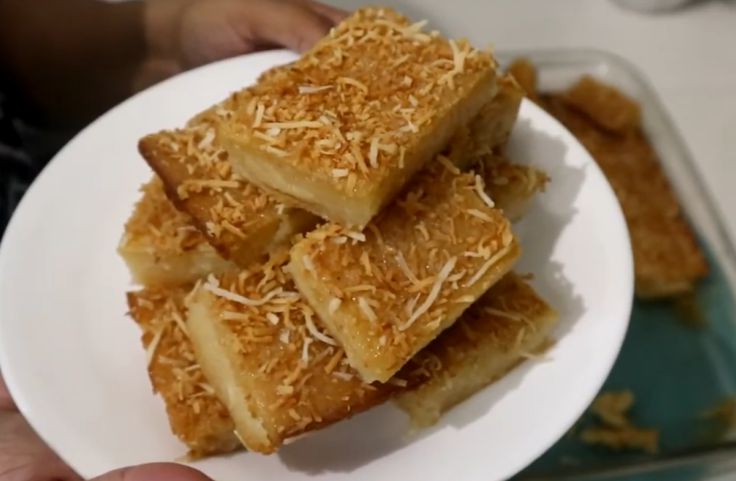Fiji cassava pie blends grated cassava, coconut cream, and island flavors into a rich, comforting treat perfect for family gatherings, holidays, or sweet moments shared with loved ones.
You don’t just bake a Fiji cassava pie, you create a memory. As you grate the cassava, stir in the coconut cream, and pour the mixture into a pan, something familiar begins to happen.
The scent pulls people toward the kitchen. The warmth spreads. You might be cooking alone, but it never feels that way.
This recipe speaks to the heart of Fijian gatherings: food made with care, shared without rush.
It belongs on your table just as much as it does in island homes. Maybe you’ll serve it after Sunday lunch, or maybe it will be the star of a special meal.
Either way, it brings more than flavor. It brings comfort, connection, and a taste of how tradition feels when it’s made fresh in your kitchen. Want to know more about cassava pies? Here is a cassava pie dedicated post.
Table of Contents
- What is Fiji Cassava Pie?
- What Makes Fiji Cassava Pie Unique?
- Ingredients You’ll Need for the Fiji Cassava Pie Recipe
- How to Make Fiji Cassava Pie (Step-by-Step)
- Tips for the Best Fijian Cassava Pie
- Serving Suggestions
- Variations to Try
- Storage and Reheating Tips
- Frequently Asked Questions about Fiji Cassava Pie Recipe
- Conclusion
What is Fiji Cassava Pie?
Fiji cassava pie is a traditional baked dish made with grated cassava, coconut cream, sugar, and eggs, often flavored with vanilla or tropical fruits like banana or pineapple.
It has a dense, pudding-like texture with a lightly crisp top and is known for its naturally sweet, creamy taste.
Unlike savory versions found in other regions, the Fijian style leans toward dessert or sweet side dish territory.
It’s commonly served during holidays, family feasts, and Sunday meals, reflecting its deep cultural roots in Fijian home cooking.
What Makes Fiji Cassava Pie Unique?
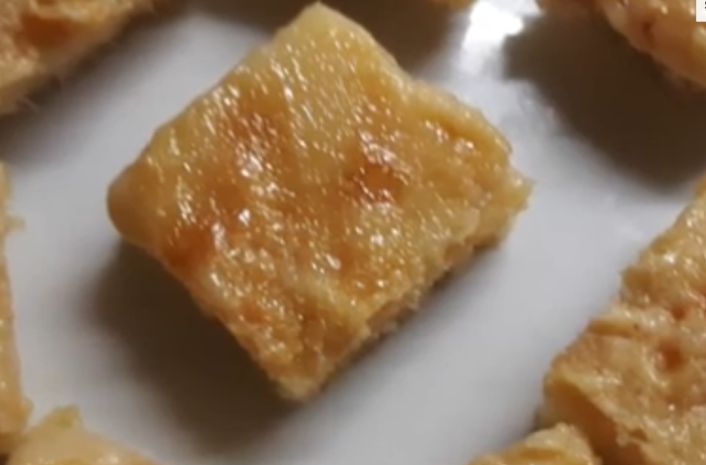
Fiji cassava pie brings together familiar island ingredients in a way that feels comforting yet distinct.
Here’s what sets it apart and why it belongs on your table.
A Soft Sweetness That Lets Every Flavor Speak
You’ll notice it right away: the sweetness is gentle. Unlike versions loaded with sugar, the Fijian cassava pie strikes a balance.
This gives room for the natural taste of cassava and coconut to shine. It doesn’t try to overpower your palate.
Instead, it invites you to enjoy every bite slowly, letting each ingredient take its turn.
The result is a pie that feels more like a shared memory than a sugar rush.
Coconut Cream Brings Depth and Comfort
When you pour coconut cream into the mix, you’re not just adding liquid. You’re shaping texture, flavor, and heart.
In Fiji, coconut cream adds richness without feeling heavy. It binds the cassava into a moist, satisfying layer that browns beautifully in the oven.
As it bakes, it fills the air with a scent you’ll want to keep around. That’s the kind of detail that makes people come back for seconds.
Island Fruits Make the Dish Feel Homegrown
Sometimes, you’ll find mashed banana stirred in. Other times, a handful of pineapple adds a bright, juicy kick.
These small touches make a big difference. They turn a simple pie into something that feels personal and local.
You can use whatever fruit you have nearby. That’s part of the fun.
It also shows how Fijian cooking adapts to what the land offers, without needing to force anything fancy.
A Dish That Means Something Beyond the Plate
Cassava is more than an ingredient in Fiji. It’s part of daily meals and big celebrations alike.
When you make this pie, you’re doing more than baking; you’re joining a long tradition.
It’s the kind of dish that’s brought out during holidays, family gatherings, and Sunday meals.
That’s what makes it feel special: not because it’s rare, but because it always means people are coming together.
Related Posts
- How to Make the Trinidad Cassava Pie Recipe
- Learn How to Make the Vietnamese Cassava Pie
- Filipino Cassava Pie Recipe
- Bermuda Cassava Pie Recipe
- Recipe for the Perfect Cassava Pie Crust
Ingredients You’ll Need for the Fiji Cassava Pie Recipe
To create an authentic Fijian cassava pie, gathering the right ingredients is essential.
Below is a detailed list of the necessary components that will ensure your pie is both delicious and true to its traditional roots:
Fresh Grated Cassava
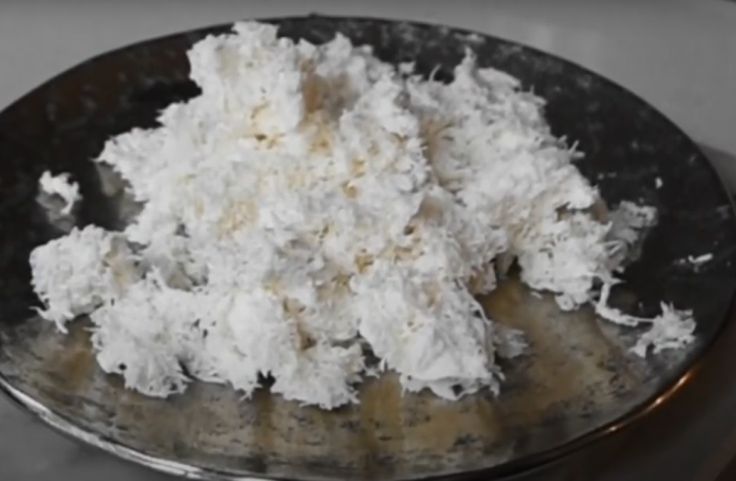
Use 4 cups of freshly peeled and finely grated cassava. This starchy root forms the base of the pie, giving it that chewy bite and subtle earthy taste.
It also holds moisture well, which helps the pie bake evenly without becoming dry or crumbly. Always choose fresh for the best results.
Eggs
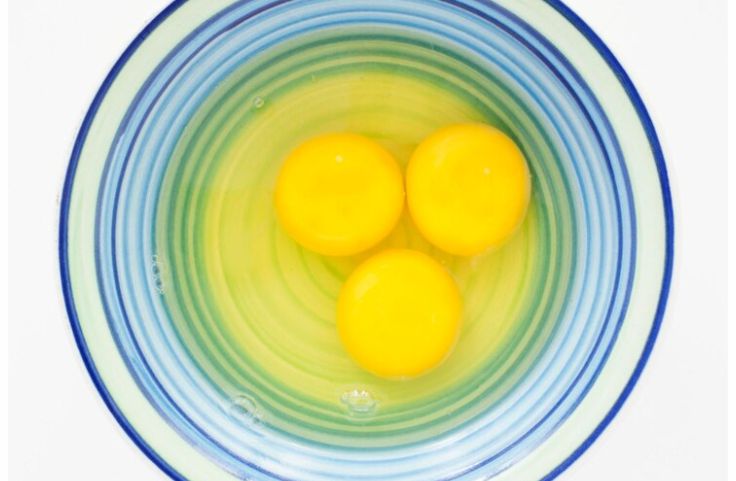
Crack in 3 large eggs to bind everything together and give the pie structure. As the pie bakes, the eggs firm up and help it hold its shape when sliced.
They also contribute to the creamy texture and rich feel that makes each bite soft, balanced, and deeply satisfying.
Sugar
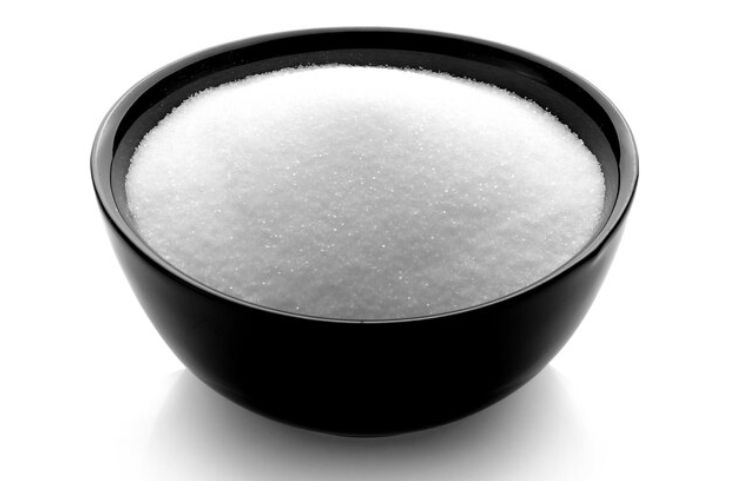
Add 1 cup of sugar to sweeten the cassava pie and bring out the natural flavors of the coconut cream and root base.
You can adjust the amount depending on your preference or if you’re adding fruits.
This gives the pie a mellow, sweet foundation that isn’t too overpowering.
Butter or Margarine
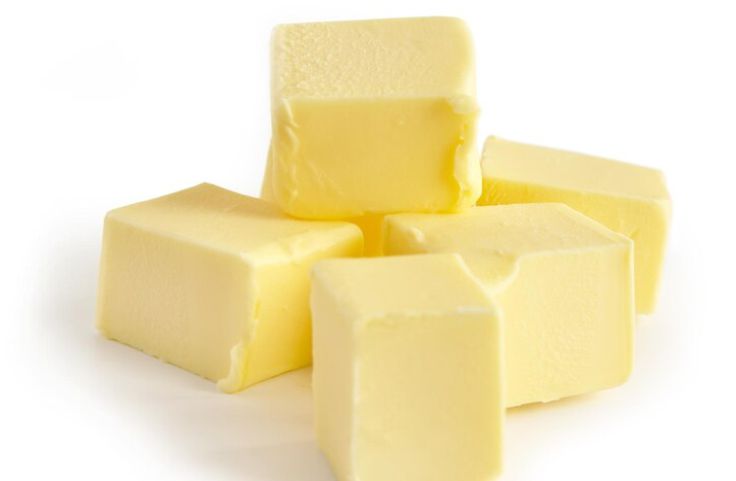
Mix in ½ cup of butter or margarine. This adds richness, moisture, and flavor that spreads throughout the cassava as it bakes.
It also contributes to the slightly crisp top while keeping the inside tender and soft.
Choose butter for a deeper flavor or margarine for a more neutral base.
Coconut Cream/Milk
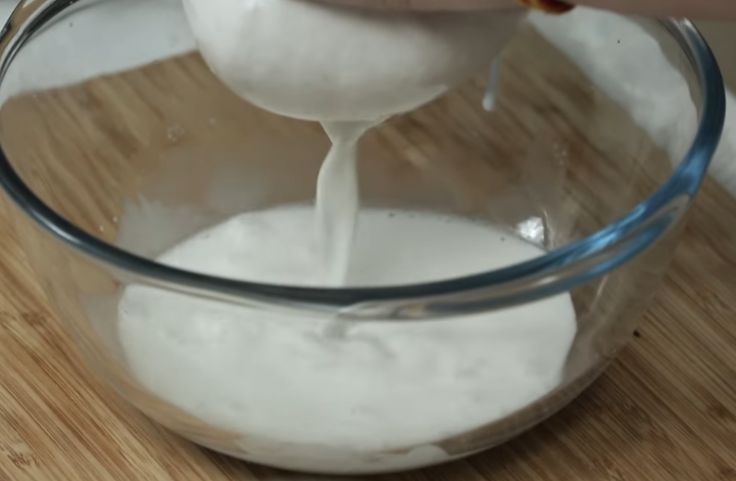
Pour in 1 cup of thick coconut cream. This ingredient gives the pie its signature tropical taste and creamy mouthfeel.
It binds the cassava and eggs together, adds moisture without making it runny, and perfumes the kitchen as it bakes.
Choose full-fat coconut cream for the best results and flavor.
Milk
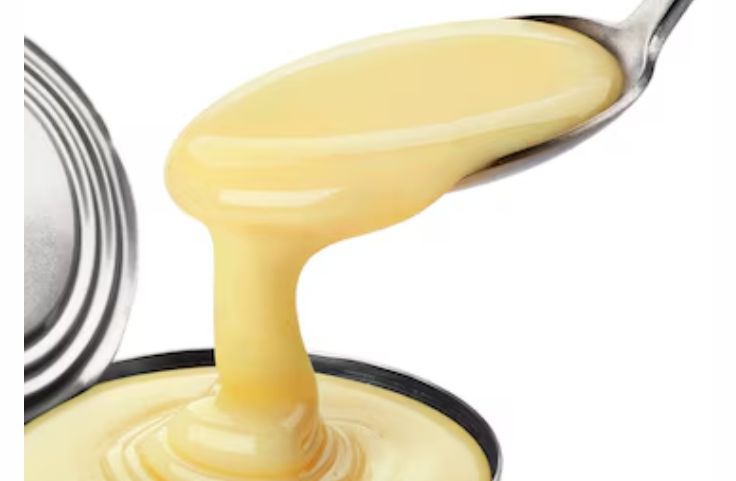
Use ¼ cup of milk to loosen the mixture slightly and help the ingredients blend well. It lightens the texture just enough so the pie isn’t too dense.
Milk also softens the edge of the coconut flavor, making the overall taste smooth, mellow, and easy to enjoy warm or cold.
Optional Mashed Banana or Pineapple Chunks

Add 1 cup of mashed banana or pineapple chunks if you want extra fruit flavor.
These ingredients add moisture and sweetness naturally, making your cassava pie even more tropical.
They also improve the texture and aroma. Choose ripe fruits for the best results, and reduce added sugar as needed.
Vanilla Extract

Add 1 teaspoon of vanilla extract to lift the flavors. It brings a warm, familiar aroma that blends perfectly with cassava, coconut, and sugar.
Even a small amount can deepen the flavor, giving your pie that cozy feel and dessert-like finish that makes it perfect for sharing and celebrating.
Baking Powder

Use 1 teaspoon of baking powder to give the cassava pie a soft lift.
While cassava is naturally dense, baking powder helps lighten the mixture slightly, creating a tender, smooth texture.
It makes each bite feel more balanced and prevents the pie from feeling overly heavy or gummy when cooled.
Salt
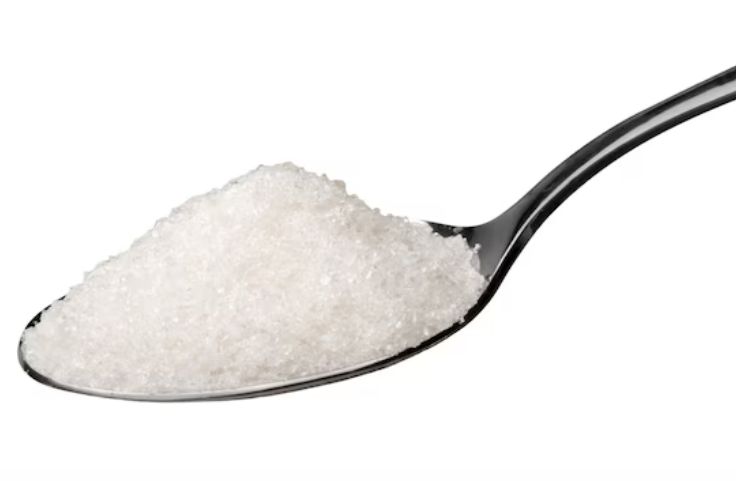
Add a pinch of salt to round out the sweetness and balance the entire pie. Salt sharpens the other flavors without being noticeable on its own.
It supports the coconut, eggs, and cassava, making sure nothing tastes flat. Just a little goes a long way in pulling everything together.
How to Make Fiji Cassava Pie (Step-by-Step)
You don’t need fancy tools or skills to make a good Fiji cassava pie. What you need is time, care, and a few simple ingredients.
Here’s how to bring it all together.
Prepare the Cassava: Grate, Squeeze, and Set It Aside
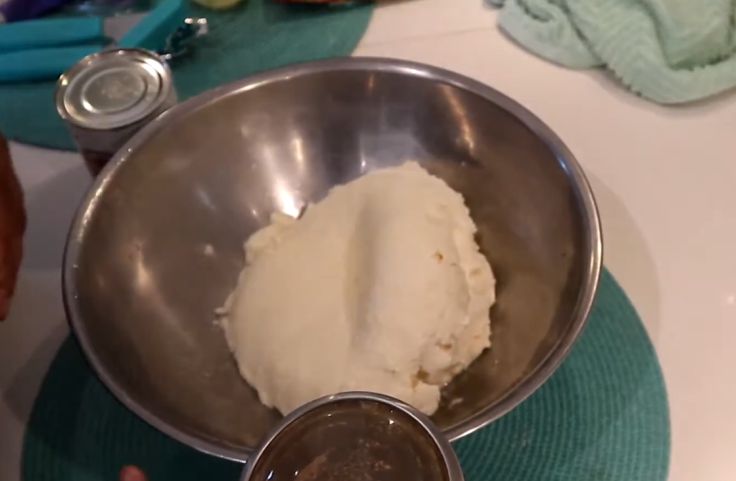
Start by peeling the cassava roots and rinsing them well. Once clean, cut them into smaller chunks so they’re easier to handle.
Use a grater or food processor to shred the cassava until it looks fine and smooth.
Place the grated cassava in a cloth and squeeze out the water. This step helps you avoid a soggy pie.
When the cassava feels firm and dry, set it aside in a large bowl.
Mix the Wet Ingredients: Build the Flavor and Texture
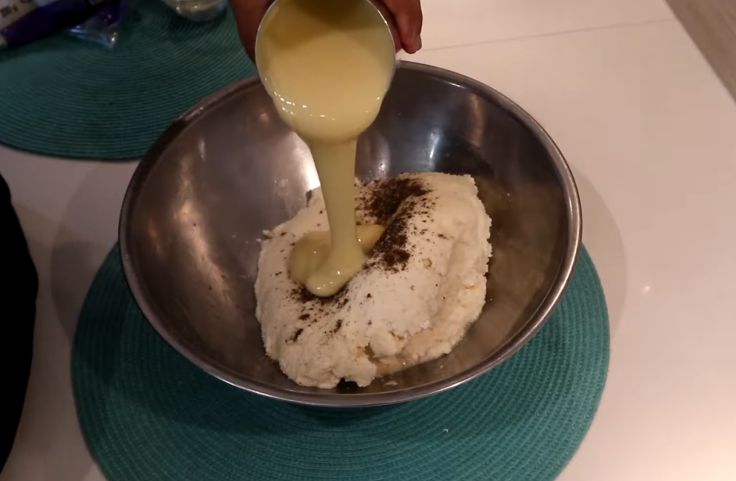
In another bowl, pour in coconut cream or milk. Add sugar, a pinch of salt, and a bit of vanilla if you like a light aroma.
Crack a few eggs and beat the mixture until smooth. These ingredients help bring moisture and flavor to the cassava.
You want the mix to feel thick but not stiff, and the sweetness to balance without being too strong.
Combine the Mixture: Stir Until Even and Smooth
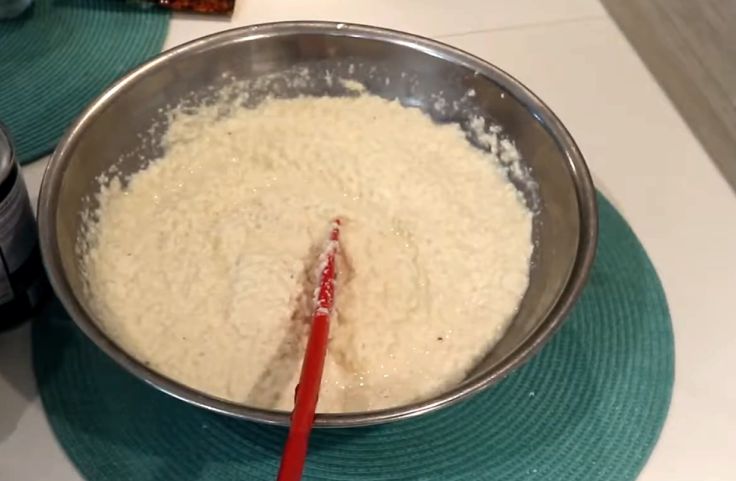
Now bring both parts together. Pour the wet mixture over the grated cassava. Stir slowly and make sure everything mixes well.
The goal is to coat each strand of cassava so there’s no dry patch left. You’ll notice the texture change as it starts to come together.
Once everything looks even, grease your baking dish and pour in the mixture. Use a spoon or spatula to smooth out the top.
Bake Until Golden: Let the Aroma Fill the Kitchen
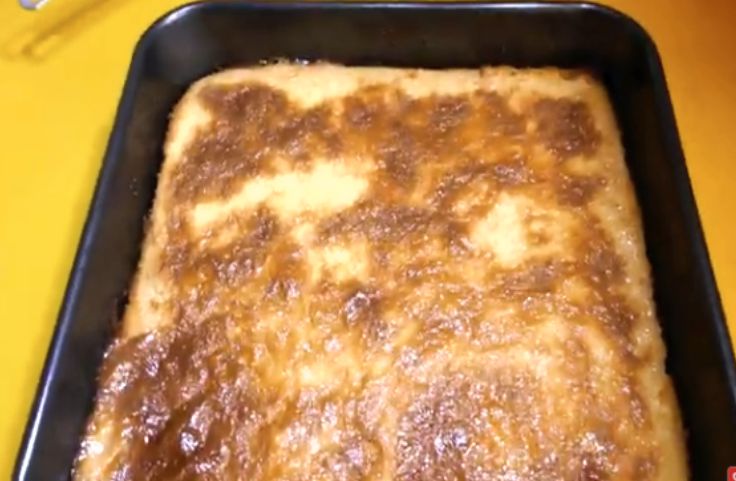
Set your oven to 350°F and place the dish on the middle rack. Bake for 45 minutes to an hour.
You’ll know it’s ready when the top turns golden and a toothpick poked in the middle comes out clean.
The surface should feel firm but not hard. Let it rest for a few minutes before you serve.
The flavor deepens as it cools, and the pie slices better when warm but settled.
Tips for the Best Fijian Cassava Pie
You want a cassava pie that holds together, tastes balanced, and fills the room with comfort.
These simple tips help you get there without second-guessing the process.
Use Freshly Grated Cassava for Proper Texture and Taste
Fresh cassava gives your pie the right chew and moisture. Grating it yourself may take time, but it makes a difference.
The texture turns soft yet structured, and the flavor stays natural.
Let the Pie Rest Before Slicing to Set the Filling
Once the pie comes out of the oven, give it time. Letting it rest helps it firm up and keeps each slice neat.
You’ll find it easier to serve and more satisfying to eat.
Adjust Sugar When Using Sweet Fruits Like Banana
If you add banana or pineapple, reduce the sugar. These fruits bring their sweetness, and too much sugar can crowd out the other flavors.
Keep the balance and let the fruit shine.
Choose Full-Fat Coconut Cream for Better Flavor and Feel
Go for full-fat coconut cream. It makes the filling creamy and deepens the coconut taste.
Light versions don’t deliver the same result. You want that rich island flavor in every bite.
Serving Suggestions
Fijian cassava pie fits into your day in more ways than one. Whether you’re hosting guests or just craving something familiar, here are simple ways to enjoy every slice.
Serve It Warm for Comfort or Cold for a Firmer Bite
When you serve cassava pie warm, the coconut scent fills the room and the texture feels soft and tender.
If you chill it, the pie holds together better and slices more cleanly. Try both ways.
Pair It with Fijian Tea for a Balanced, Relaxing Treat
A cup of Fijian tea brings out the natural flavor of cassava without overpowering it.
The gentle taste of the tea balances the pie’s richness and makes the moment feel complete.
Add It to Sunday Lunch or Special Feasts as a Sweet Side
Serve it next to roast meat, grilled fish, or even curry. The sweet coconut base holds up well with savory dishes.
It adds variety and gives guests something to talk about.
Let It Be the Centerpiece for Casual or Festive Gatherings
You can serve cassava pie as dessert, but it also works as the main treat at picnics, brunches, or potlucks.
It brings a taste of Fiji to the table and keeps people coming back.
Variations to Try
Add your twist to Fijian cassava pie with flavors and textures that reflect your taste.
These ideas keep the tradition alive while giving you room to make it personal.
Add Cheese for a Savory Kick That Balances the Sweetness
You can stir grated cheese into the cassava mixture or sprinkle it right on top before baking.
The salty bite of cheese cuts through the natural sweetness of cassava and creates a balance that makes each bite richer.
Cheddar, mozzarella, or even Parmesan work well. It also gives your pie a golden crust and a slightly creamy texture.
If you’re craving that extra depth, cheese is a delicious way to get there.
Mix in Tropical Fruits for a Juicy Twist That Brightens the Flavor
Try folding in ripe mango chunks or spoonfuls of canned peaches.
These fruits bring a burst of sweetness that adds a refreshing contrast to the dense cassava.
Mango works especially well since it pairs naturally with island flavors and adds moisture to every slice.
If you’re aiming for something sweet and slightly tangy, fruit can lift the dish and make it more vibrant without overpowering the base.
Sprinkle in Nutmeg or Cinnamon for a Warm Aroma That Feels Like Home
Add a pinch of nutmeg or cinnamon into your cassava mix to give it a cozy, spiced touch.
These flavors bring warmth and depth, making your pie feel like something straight out of a family gathering or festive holiday.
It’s subtle but noticeable, and just enough to change the whole experience.
If you enjoy spiced desserts, this tweak gives your cassava pie a gentle push toward something even more comforting.
Storage and Reheating Tips
Keep your cassava pie fresh and tasty with the right steps. These methods help you enjoy every slice, whether you’re saving it for tomorrow or next month.
Cool It Before Storing So It Doesn’t Turn Soggy in the Fridge
Once you’re done enjoying your cassava pie, don’t rush to stash it away. Let it cool completely at room temperature.
This keeps moisture from building up inside your container, which can make the crust wet and soft.
When it’s cool, place it in an airtight container and refrigerate.
It should stay good for about five days, still moist and packed with flavor when you’re ready for more.
Freeze Individual Slices to Keep Them Fresh for Months
If you want to save it longer, freezing works well. Cut your cassava pie into slices, wrap each piece in plastic wrap, and put them in a strong freezer bag.
This keeps freezer burn away and holds in the taste and texture. When you’re ready to eat, just thaw the slices in the fridge overnight.
With this method, your pie can last up to three months without losing its flavor.
Use the Oven for Reheating So the Crust Stays Crisp
To reheat without ruining the texture, use the oven. Set it to 350°F or 175°C.
Place the slice on a baking tray and cover it lightly with foil to keep it from getting too brown.
Let it warm for 15 to 20 minutes until it’s hot all the way through.
If you need something quicker, a microwave works, but the crust might turn soft.
Use short bursts on medium heat and check as you go.
Frequently Asked Questions about Fiji Cassava Pie Recipe
Can I use frozen cassava instead of fresh for Fiji cassava pie?
Yes. Thaw it fully, then squeeze out excess moisture. While fresh gives better texture, frozen cassava is convenient and works well when prepared properly.
Is Fiji cassava pie gluten-free by default?
Yes. Cassava is naturally gluten-free. Just make sure your added ingredients, like baking powder or flavorings, are also gluten-free to keep it safe.
Can I make Fiji cassava pie without coconut cream?
You can substitute it with evaporated milk or whole milk, but it will change the flavor. Coconut cream gives the pie its classic taste.
How do I know when the Fiji cassava pie is fully baked?
The top turns golden brown, and a toothpick poked in the center comes out clean. It should feel set, not jiggly, when gently shaken.
Conclusion
Fiji cassava pie blends grated cassava, coconut cream, and island flavors into a rich, comforting treat perfect for family gatherings, holidays, or sweet moments shared with loved ones.
You don’t just bake a Fiji cassava pie, you create a memory. As you grate the cassava, stir in the coconut cream, and pour the mixture into a pan, something familiar begins to happen.
The scent pulls people toward the kitchen. The warmth spreads. You might be cooking alone, but it never feels that way.
This recipe speaks to the heart of Fijian gatherings: food made with care, shared without rush.
It belongs on your table just as much as it does in island homes.
Maybe you’ll serve it after Sunday lunch, or maybe it will be the star of a special meal. Either way, it brings more than flavor.
It brings comfort, connection, and a taste of how tradition feels when it’s made fresh in your kitchen.

